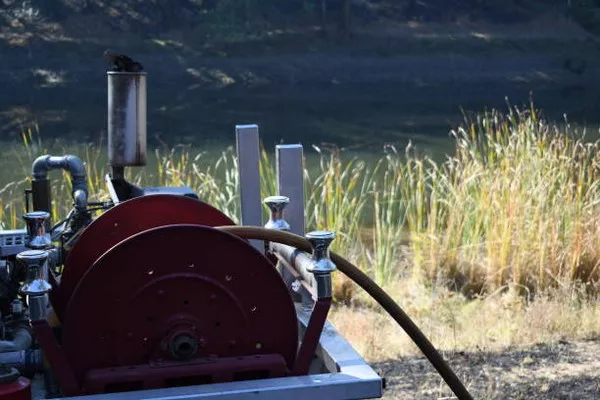Petrol generators are invaluable assets, providing power backup during emergencies or in off-grid locations. Selecting the right size generator is crucial for ensuring uninterrupted power supply without overspending on unnecessary capacity. This article aims to guide individuals and businesses through the process of determining the appropriate size petrol generator based on their specific requirements.
Understanding Power Requirements:
Before delving into generator sizes, it’s essential to understand your power requirements. Start by listing all the appliances and devices you intend to power simultaneously during an outage or in the absence of a grid connection. Note down their power ratings in watts (W) or kilowatts (kW). This list should encompass essentials like lights, refrigerators, heating systems, communication devices, and any other critical equipment.
Calculating Total Power Consumption:
Once you have the list of devices and their power ratings, sum up their wattage to determine your total power consumption. Keep in mind that some appliances may have starting wattage requirements higher than their running wattage. For instance, a refrigerator may require more power to start its compressor than to run continuously. Refer to the product manuals or labels for accurate power specifications.
Considering Starting vs. Running Wattage:
As mentioned, some appliances have higher starting wattage demands. A petrol generator must be capable of handling these peak loads without overloading. When selecting a generator, look for both running wattage (the continuous power output) and starting wattage (the maximum power required during startup). Ensure that the generator’s starting wattage exceeds the highest starting wattage requirement among your appliances.
Sizing the Generator:
The size of the generator is typically expressed in kilowatts (kW) and corresponds to its maximum power output. Choosing the right size involves balancing your power requirements with the generator’s capacity. While it’s tempting to opt for a larger generator to cover all contingencies, oversized generators are less efficient and more expensive to run. Conversely, an undersized generator may fail to meet your power needs adequately.
Factors Influencing Generator Size:
Several factors influence the appropriate size of a petrol generator:
Total Power Consumption: The primary factor is your total power consumption, as calculated earlier. Ensure that the generator’s rated output comfortably exceeds this figure to accommodate fluctuations and unexpected additions.
Load Type: Different types of loads have varying power characteristics. Resistive loads, like incandescent bulbs and heaters, have a consistent power draw. In contrast, inductive loads, such as motors and compressors, exhibit higher starting currents. Factor in the types of loads you’ll be powering when sizing your generator.
Duty Cycle: Consider the duration and frequency of generator usage. If it will be running continuously or for extended periods, opt for a generator with robust construction and ample cooling capacity to prevent overheating.
Voltage and Phase: Ensure that the generator’s output voltage and phase match the requirements of your appliances. Most residential applications use single-phase generators, while some commercial and industrial setups may require three-phase power.
Altitude and Temperature: High altitude and extreme temperatures can affect a generator’s performance. At higher altitudes, engines may produce less power due to reduced air density, while extreme temperatures can impact engine efficiency and fuel consumption. Choose a generator with specifications suitable for your operating environment.
Selecting the Right Size:
To select the right size petrol generator, follow these steps:
Identify Critical Loads: Prioritize the essential appliances and devices that must remain operational during a power outage.
Calculate Total Power Requirement: Sum up the wattage of all critical loads, including both running and starting wattage.
Consider Surge Power: Factor in the starting wattage requirements of appliances with high inrush currents, such as refrigerators and air conditioners.
Add a Buffer: To accommodate unforeseen additions or changes in power requirements, add a buffer of 10-20% to your total power calculation.
Match Generator Capacity: Choose a generator with a rated output that comfortably exceeds your calculated total power requirement, considering both running and starting wattage.
See also How Long Can A Whole Home Generator Run
Conclusion:
Selecting the right size petrol generator is essential for ensuring reliable power backup in various applications. By understanding your power requirements, considering factors like load type, duty cycle, and environmental conditions, and following a systematic approach to sizing, you can choose a generator that meets your needs without overspending or sacrificing efficiency. Invest time in research and consult with experts if needed to make an informed decision and enjoy uninterrupted power supply when it matters most.


